Being prepared for a disaster can be the difference between a good and bad outcome. This is especially true for our beloved pets, who rely on us to keep them safe and secure in every circumstance. As pet owners ourselves, the Cane Bay Veterinary Clinic team knows these situations can be stressful and wants to ensure you and your companion are as ready as possible.
In this modern, unpredictable world, ensure your pet stays by your side with these pet disaster preparation tips.
Pet disaster preparation tip #1: Stay up-to-date on veterinary care
Natural or manmade disasters and other traumatic events can occur at any time and send your normal day into chaos. Maintaining your pet’s regular veterinary care, including vaccines, wellness testing, parasite prevention, and an updated physical exam, ensures they’ll be welcome at evacuation shelters, boarding kennels, and veterinary clinics. Additionally, your pet will be protected from infectious diseases that may be transmitted from other evacuated animals.
Pet disaster preparation tip #2: Ensure your pet can be identified
Proper identification can save your pet’s life and help ensure a reunion should you be separated. Ensure your pet is microchipped, that the microchip is registered with a microchip database, and that your contact information is current and complete. Additionally, ensure your pet wears visible identification, such as a collar or harness tag. In an emergency, use a permanent marker to write your phone number on your pet’s collar or directly on the skin of their abdomen.
Pet disaster preparation tip #3: Create an evacuation plan
A detailed evacuation plan can help you and your pet stay calm when disaster strikes. Your disaster preparations should include:
- How you will get out — Identify multiple evacuation routes from your home. Traffic and road conditions can change quickly during a disaster, so be ready with several options to avoid delays and stress.
- Where you will stay — Research local shelters and pet-friendly accommodations. Some hotels, motels, and emergency evacuation sites may accept pets, but it’s important to confirm their policies before the unexpected happens. Keep a list of possible options and remember to consider family or friends outside the evacuation zone who may be able to host you and your pet.
- Practice runs to test the plan — Regularly practicing evacuation drills with your pet will help you both get acclimated to the process and may ease anxiety during an actual emergency.
Pet disaster preparation tip #4: Build a pet evacuation kit
In some scenarios, you may have only minutes or hours to evacuate with your pet. An easily accessible kit stocked with essential supplies can ensure your pet’s safety and well-being during and after the evacuation.
Your kit should include:
- Medical records — Store these in a sealed, waterproof pouch, along with other important health information. Keep a digital copy on your phone.
- Food and water — Store at least one week’s worth of food and water. Include bowls and a manual can opener if your pet eats wet food.
- Medications — Include at least one week’s worth of any of your pet’s non-refrigerated medications, as well as a copy of the prescription or package label.
- First aid kit — Include items such as antiseptic, bandages, and tweezers, and any specific first aid supplies your veterinarian recommends.
- Comfort items — Include familiar toys, blankets, or other items that will comfort your pet. Long-lasting chews and treats can also relieve stress when daily exercise is not possible.
- Leash and carrier — Pack a second leash and keep nearby your pet’s carrier, crate, or seatbelt. Crate or carrier train your pet to ensure they are comfortable and will enter willingly when you need to evacuate.
- Sanitation supplies — Pet waste bags, a litter box, litter, and cleaning supplies will ensure everyone’s comfort during travel.
Pet disaster preparation tip #5: Minimize stress and anxiety
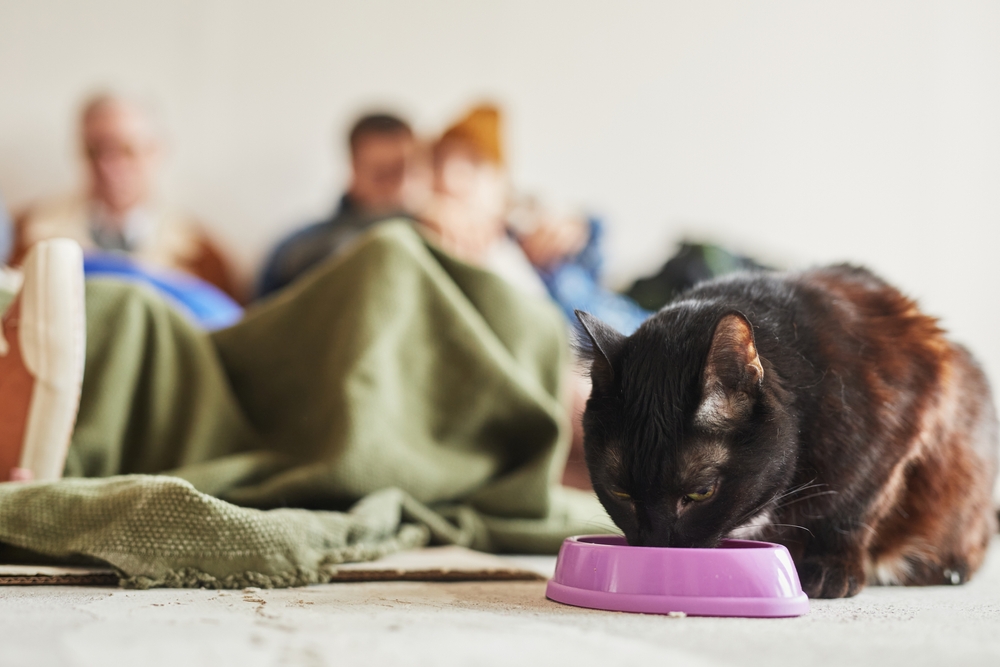
While physical safety is a priority during a natural disaster, don’t forget to also care for your pet’s emotional well-being. Like us, pets experience intense stress and anxiety during a disaster and may display uncharacteristic or dangerous behaviors, such as trying to escape.
Ease your pet’s fears with gentle reassurance, a soft voice, comfort items from home, and by keeping your pet’s environment as calm and predictable as possible. Once you are safe, try to keep your pet’s normal routine, including when they eat, exercise, and sleep. If your pet struggles with noise aversion, travel-related stress, or anxiety during unfamiliar situations, ask our Cane Bay Veterinary Clinic veterinarian about anxiety-reducing medications and supplements.
No pet left behind
Never leave your pet behind in a disaster. They depend on you for their safety, welfare, and well-being. Ensure you fulfill your promise with a pet-inclusive disaster plan. For additional emergency and disaster resources or to update your pet’s preventive care, contact the Cane Bay Veterinary Clinic team.

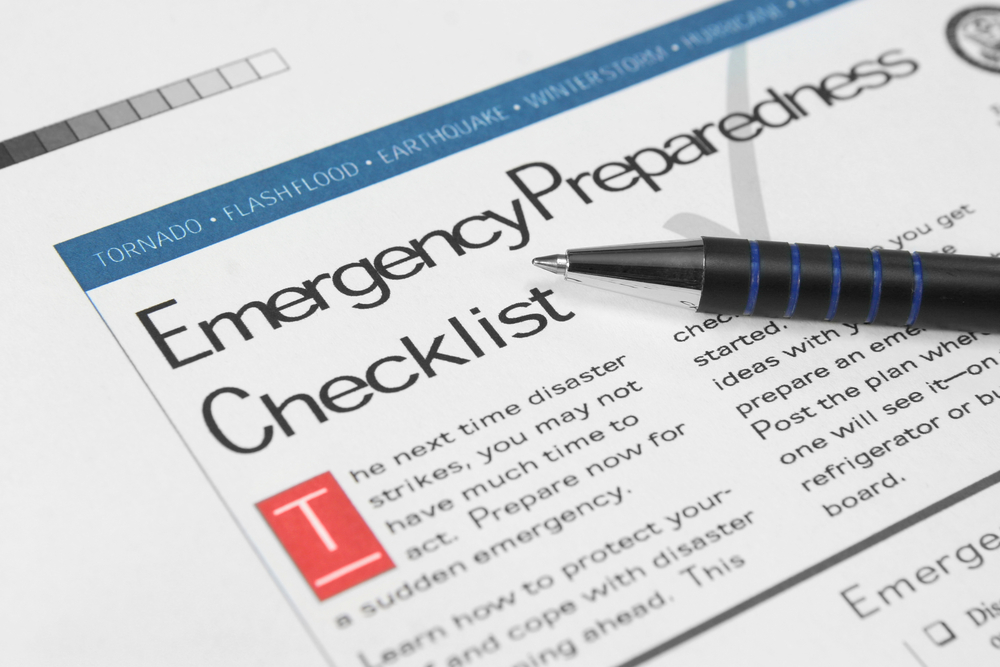
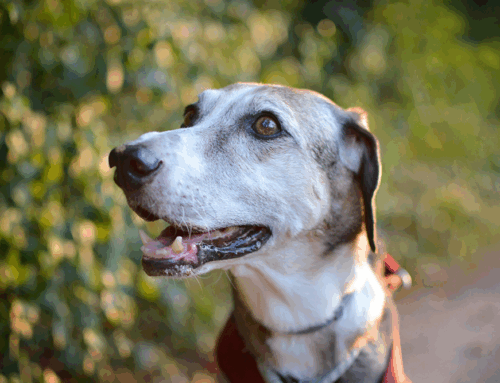

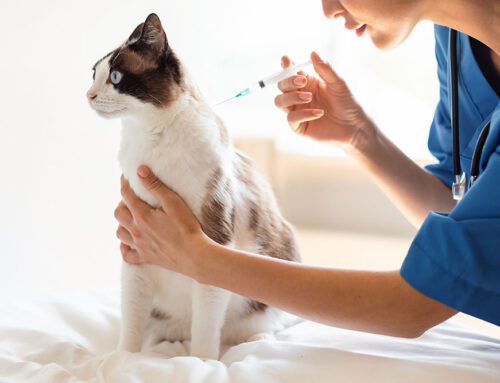
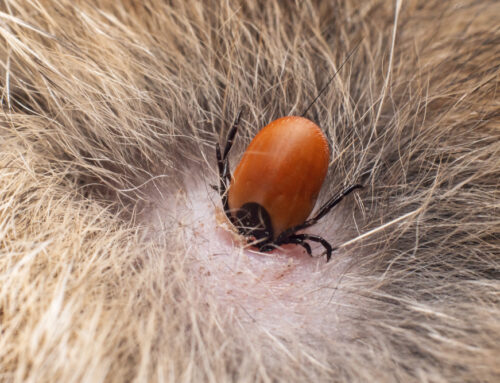

Leave A Comment